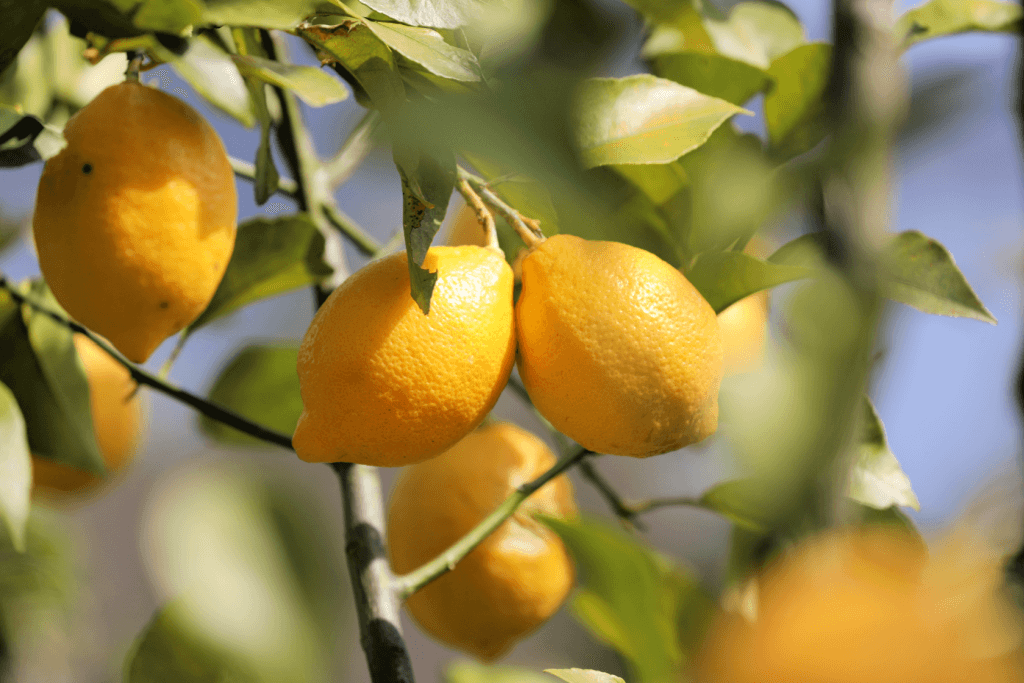In southwestern Japan, along the coast of the Seto Inland Sea, lies the Setouchi region—a culinary paradise with a year-round pleasant climate and some of the best food! This region includes cities like Yamaguchi, Hiroshima, Takamatsu, and Matsuyama. Let’s dive into the culinary wonders of the Setouchi region and look at some of its unique offerings!
Table of Contents
ToggleWhere is the Setouchi region?
The Setouchi region includes islands, people, and culture along the Seto Inland Sea. The land evolved over 10,000 years as Pacific waters filled a basin between Honshu and Shikoku Islands. This event created over 3,000 islands. Mountains contribute to the Seto Inland Sea’s calm waters, creating an environment with freshwater streams connected to the Pacific Ocean. The Setouchi region encompasses the prefectures of Hiroshima, Hyogo, Okayama, and more!
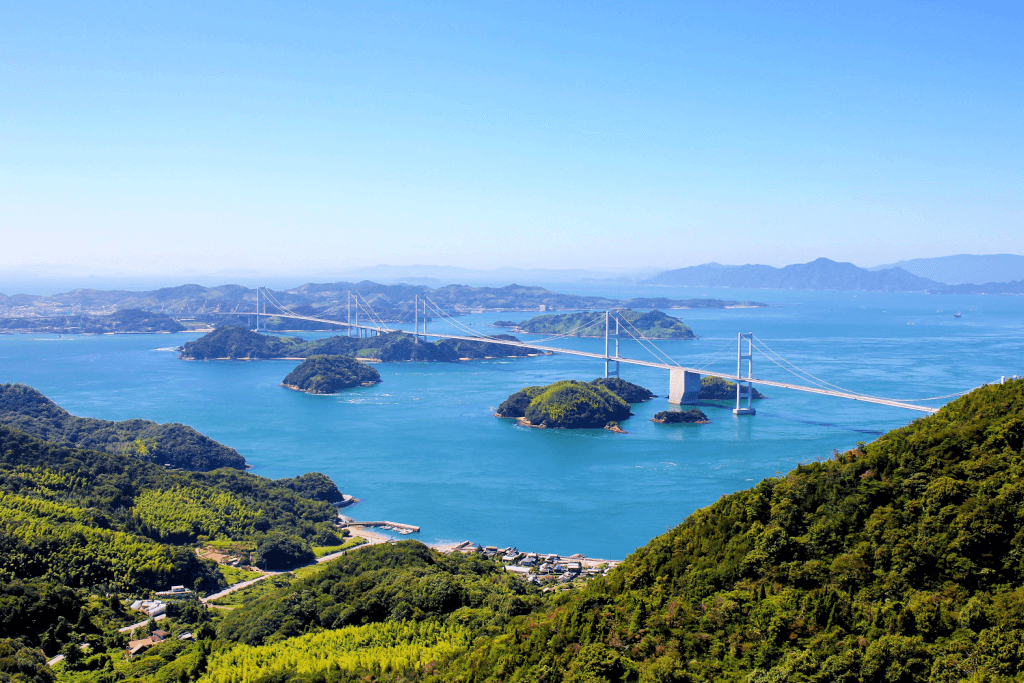
Because of its beautiful weather, the Setouchi region has plenty of fresh produce and seafood. Its rich lands yield an array of grains, vegetables, and fruits. Fed by mineral-rich volcanic soil and seasonal rains, Setouchi’s farms ensure a continuous supply of delicious flavors throughout the year.
What makes Setouchi produce unique?
Setouchi’s cuisine, with plenty of wild-caught seafood and locally grown produce, has been the country’s leading food supplier for centuries. From goods like sea salts and sake to introducing foreign foods, Setouchi has been a year round culinary powerhouse throughout Japan’s history. It has a natural culinary style because it focuses on the food through simple techniques and subtle seasoning. They also use fresh ingredients and a light and clean flavor.
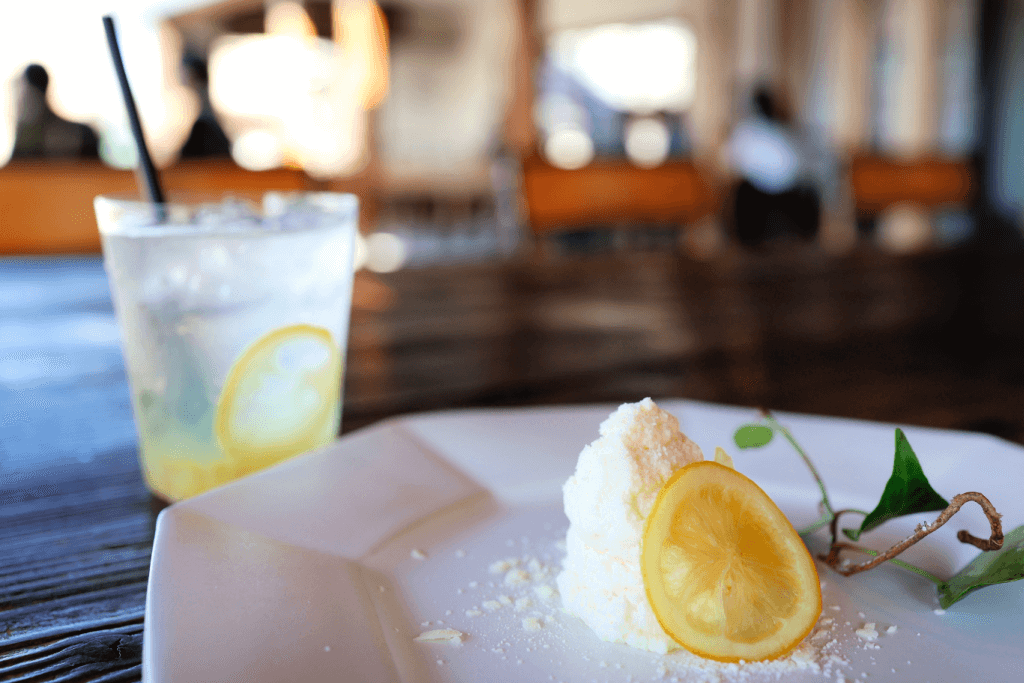
Setouchi’s culinary fame today is focused on its citrus paradise. With excellent conditions for citrus growing, the region also has an extensive range of fruits, from mikan tangerines to sudachi, kabosu, and yuzu! These citrus fruits are part of Setouchi’s natural diet and enhance the region’s beauty by perfuming the air. Setouchi’s citrus captures the essence of nature’s goodness in its beautiful color and irresistible sweet-sour flavor.
What are some famous products from Setouchi?
Sanuki Udon Noodles
The Setouchi region has a popular style of udon called sanuki udon from Kagawa Prefecture. It features a light and flavorful dashi paired with springy noodles. Kagawa has also been a hub for udon production for over 1,200 years and is the top producer of udon in Japan. Sanuki udon was created from the region’s low rainfall and unstable rice production. Because of these conditions, the locals devoted themselves to making udon, resulting in the development of the Sanuki udon we know today.
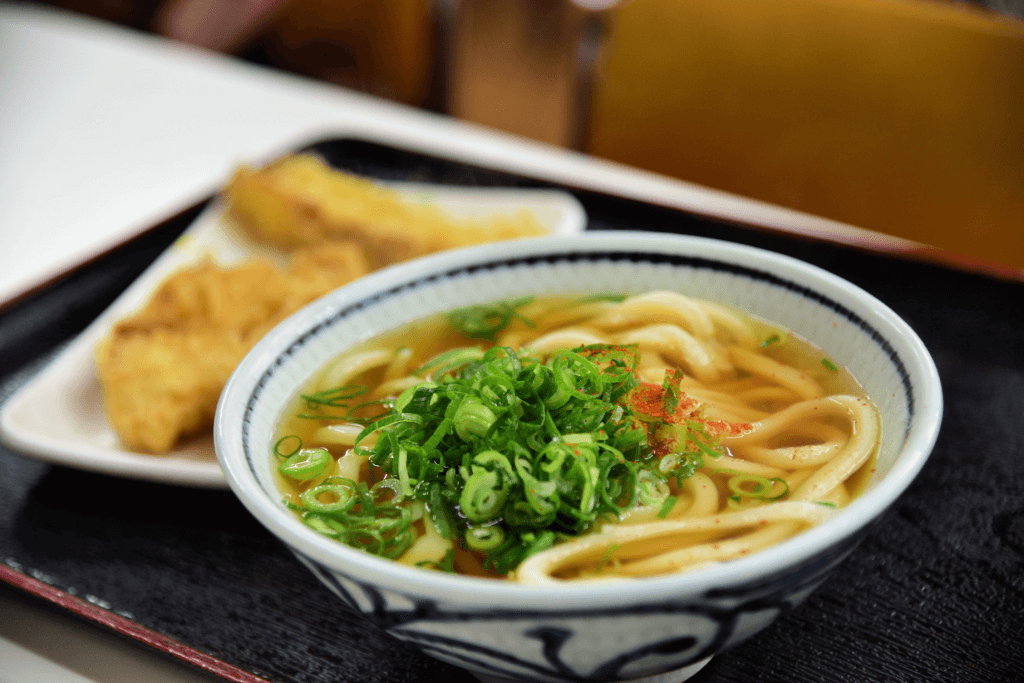
Sanuki udon noodles are famous for their soft texture upon biting. This is because of its delightful chewiness achieved through moist dough and the resilience developed through foot-stomping during preparation. Saltwater also adds to the unique firmness of Sanuki udon. The original flavor was miso-based, but with the popularity of soy sauce, the broth changed to a soy sauce base.
Shodoshima Island Olive Products
With roots traced back to 1594, year round olive farming in Japan has become a significant industry, particularly on Shodoshima Island. Generally, farming began on a larger scale in 1908, aiming to use olive oil to preserve fish caught in remote waters. Shodoshima, now known as the olive capital, produces about 90% of Japan’s olives, with four main varieties. Olive-related products such as Olive Cider, Pickled Green Olives, and Olive Hand Cream have also become popular souvenirs.
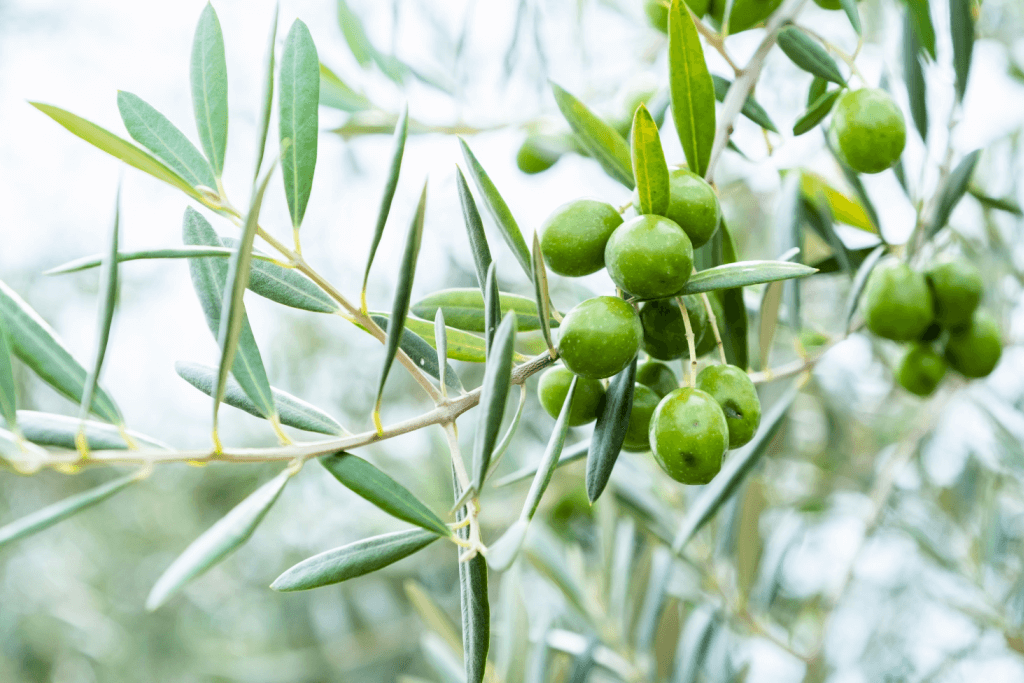
Therefore, the culinary use of olives in Japan extends beyond traditional dishes, with recommendations to drizzle olive oil on tofu or add it to miso soup. Olives have found their way into livestock feeds, creating products such as olive beef, which has become popular in Kagawa Prefecture. This farming method has led to a vital industry and eco-friendly farming. Olive yeast is also present in sake production, and olive yeast bread has become a delicious treat year round!
Are you interested in enjoying some delicious snacks from the Setouchi region? Check out Sakuraco! Sakuraco delivers traditional Japanese snacks, teas, and sweets from local Japanese makers directly to your door so you can enjoy the latest treats directly from Japan!
Suo-Oshima Mikan Nabe
Originating from Suo-Oshima in Yamaguchi Prefecture, this mikan nabe features whole oranges floating in the hot pot, creating a beautiful dining experience. Suo-Oshima, famous for “Orange Island,” produces 80% of the oranges in Yamaguchi Prefecture, and the Mikan Nabe has become a beloved regional dish over the past decade. The dish is also famous for having the flavors of local produce and is a popular choice for cold prevention.
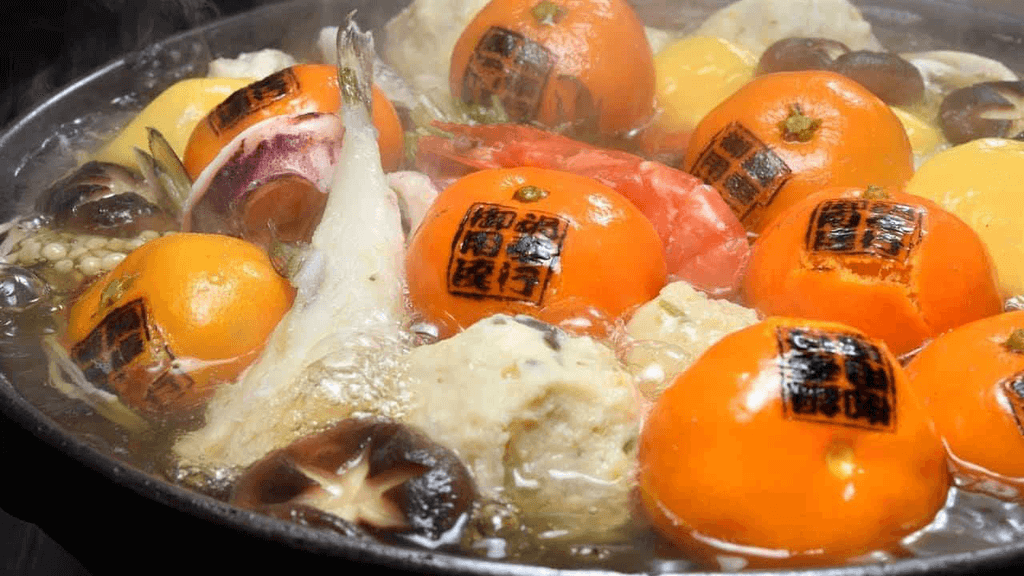
The Mikan Nabe includes whole baked oranges immersed in the broth and local fish balls made by mixing fish with orange peel, providing a fragrant and enjoyable taste. The dish also includes Mikan pepper, made from orange peel and chili peppers for a hint of spiciness. As a result, the meal usually comes with “Mikan zosui” – a porridge of fluffy egg whites on top of rice and broth.
Barley Miso
Within the Setouchi region, Ehime Prefecture stands out for its barley miso. The region also produces various versions, including white and light-colored miso, each crafted in local areas. Unlike rice-based miso, barley in this miso imparts a pronounced nuttiness, offering a robust and earthy flavor that pairs well with added ingredients. It’s especially enjoyed in soups and stews featuring root vegetables.
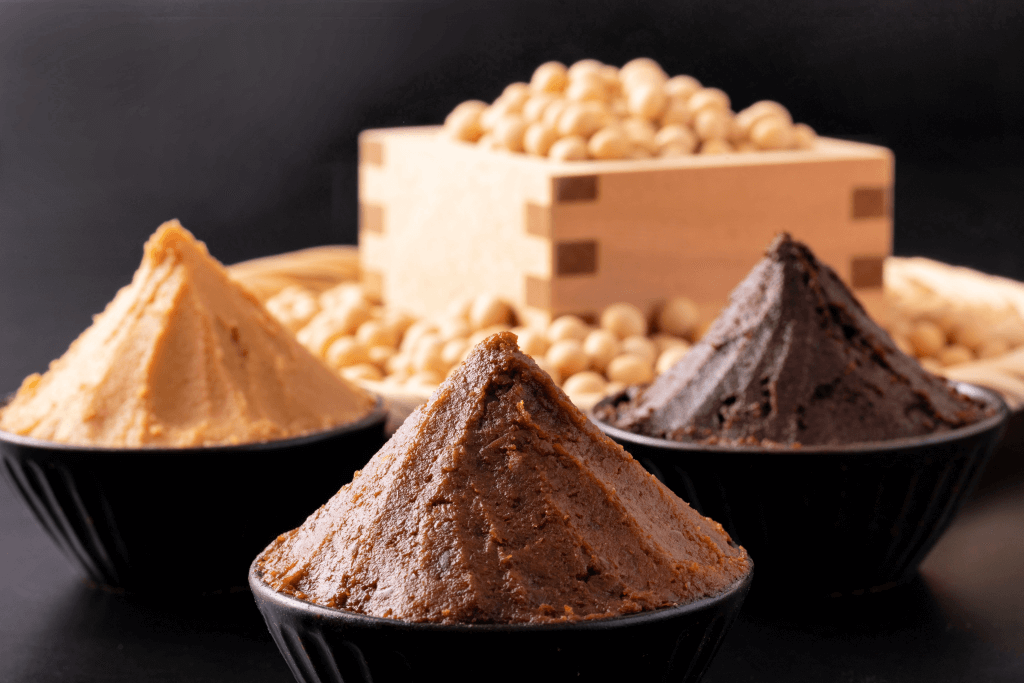
Kagawa Prefecture is renowned for its rich-flavored white miso. While white miso is a staple in local dishes like miso pickles, barley miso complements fish dishes, and both varieties are recognized for their nutritional benefits. The tradition of homemade miso in Kagawa has evolved into an industry, with approximately 8% being high-quality white miso shipped nationally. White miso also plays a role in New Year’s ozoni and serves as a mustard for oden in the winter.
Hiroshima Lemosco Sauce
Generally, Lemosco is a one-of-a-kind sauce from Hiroshima, where Hiroshima-grown lemons and green chili peppers from Kyushu combine to create a uniquely spicy blend. The sauce also contains sour, spicy, and savory flavors. With selected ingredients, including local sea salt, Lemosco has the intense aroma and taste of lemon combined with the fiery kick of green chilies. This makes it an ideal seasoning for various cuisines.
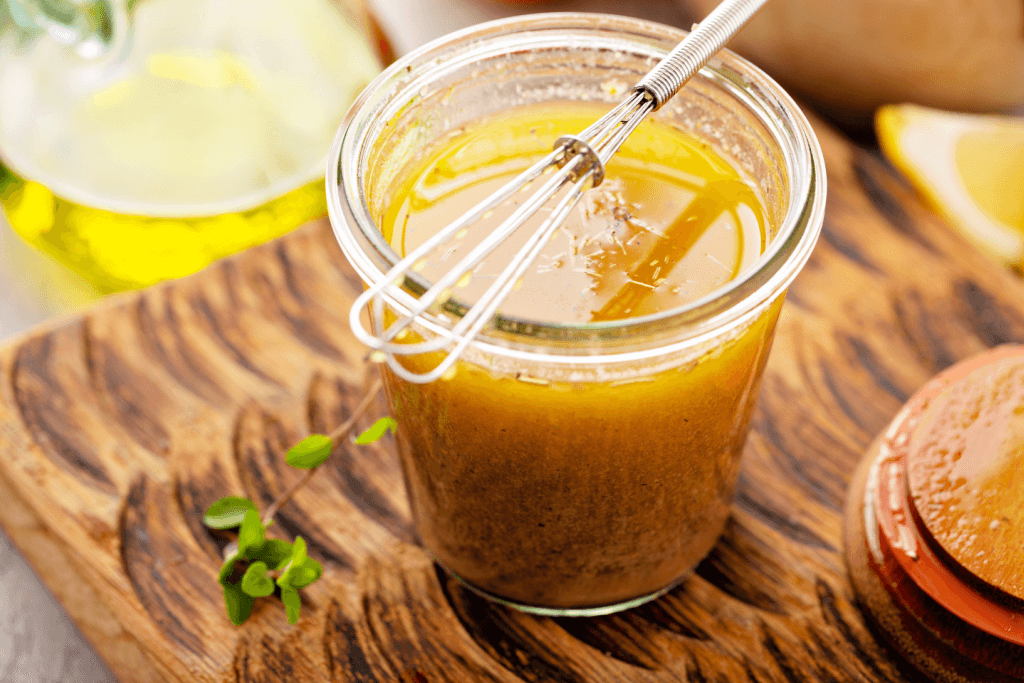
Lemosco is not just a hot sauce; it brings flavor to the table—salty and sour tastes accompanied by a refreshing aftertaste and the fragrance of lemon. This specialty seasoning offers a different experience when added to pasta, grilled meat, or fried dishes. Lemosco has extended beyond Hiroshima, becoming a favorite seasoning, prompting enthusiasts to stock up on several bottles during their visits.
Why should I try these products from Setouchi?
Indulging in Setouchi’s culinary offerings is a journey into the heart of Japan’s diverse flavors. The region’s year-round climate ensures the consistent quality of its produce, therefore making each bite a testament to the commitment of local farmers and artisans. Whether you’re enjoying slurp-worthy Sanuki Udon or drizzling Hiroshima Lemosco Sauce on your favorite dish, Setouchi’s cuisine promises a taste of freshness in every bite! Have you ever been to the Setouchi Region? What was your favorite food? Let us know in the comments!

